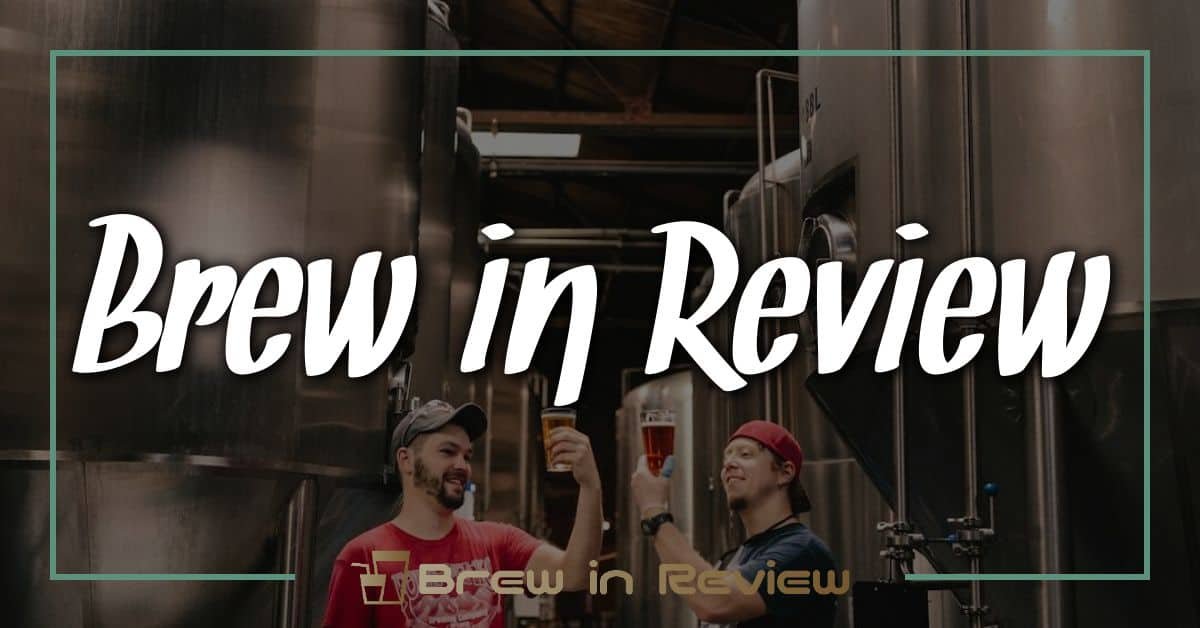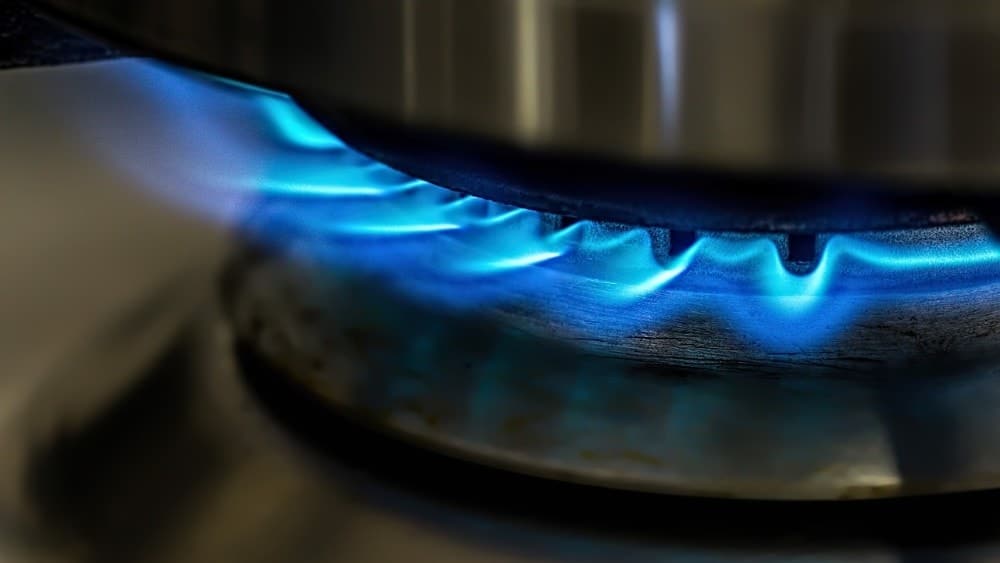As a homebrewer, I’ve learned that timing is everything. After boiling your wort, the last thing you want is to wait around for it to cool down. That’s where wort chillers come in. These nifty devices are game-changers, helping to bring your brew to the perfect temperature in no time.
What Are Wort Chillers?
Wort chillers are essential tools in homebrewing, designed to cool boiling wort quickly, reducing the risk of contamination. They consist of coiled copper, stainless steel, or aluminum tubing through which cold water or another coolant flows. As the boiling wort passes through the coil, it rapidly cools down to fermentation temperatures.
I use two main types of wort chillers: immersion chillers and counterflow chillers.
- Immersion chillers: I submerge these directly into the kettle during the boil. The coiled tubing allows water to circulate around the wort, efficiently removing heat.
- Counterflow chillers: With these, I pass the hot wort through the tubing while cold water flows in the opposite direction. This creates an efficient heat exchange, cooling the wort quickly before it enters the fermenter.
Using a wort chiller not only saves time but also maintains the quality of the beer. Rapid cooling helps prevent unwanted flavors from developing and minimizes the chance for bacteria to spoil the brew. Plus, reducing the chilling time decreases the likelihood of hot-side aeration, which can lead to off-flavors.

In my experience, choosing the right wort chiller can make a significant difference in the brewing process, leading to better-tasting beer in less time.
Types of Wort Chillers
Wort chillers come in several types, each suited for different brewing setups and cooling requirements. I’ll cover three popular options: immersion chillers, counterflow chillers, and plate chillers.
Immersion Wort Chillers
Immersion wort chillers consist of a coiled copper or stainless steel tube that gets submerged directly into the boiling wort. Cold water circulates through the coil, efficiently transferring heat away from the brew. These chillers are simple to use, require minimal setup, and cool wort quickly—often in 20 minutes or less. I recommend them for homebrewers looking for an effective yet affordable solution.
Counterflow Wort Chillers
Counterflow wort chillers offer a more advanced cooling method. They feature two tubes: one carries the hot wort and the other cold water, which flows in the opposite direction. As hot wort moves through the inner tube, it cools rapidly by heat exchange with the cold water surrounding it. This type of chiller is highly efficient and can cool large batches in less time, making it ideal for serious brewers preparing larger quantities. However, they do involve a bit more cleaning and setup.
Plate Wort Chillers
Plate wort chillers utilize thin plates to maximize heat exchange between the wort and cold water. This design minimizes the contact area, allowing rapid cooling. These chillers are compact, efficient, and well-suited for brewers with limited space. I find them particularly beneficial when brewing multiple batches because of their quick cooling capabilities. While they require thorough cleaning to prevent clogs, the efficiency they provide makes them a worthy investment for any brewing enthusiast.
Benefits of Using Wort Chillers
Wort chillers offer several key advantages for homebrewers. They not only streamline the brewing process but also enhance the quality of the final product.
Faster Cooling Times
Faster cooling significantly reduces the risk of contamination. When I cool wort rapidly, I can bring it down to fermentation temperature in as little as 15-20 minutes with an immersion chiller. This speed prevents bacteria and wild yeast from taking over, ensuring the brew stays clean and flavorful. Counterflow chillers excel here, letting me cool larger batches even quicker by employing a dual tube system, where cooled water runs opposite to the wort flow. This rapid cooling method gets my brew ready for yeast pitching without delay.
Improved Beer Quality
Improved beer quality stems from maintaining a stable fermentation environment. Cooling the wort efficiently prevents unwanted flavors that can arise from prolonged exposure to higher temperatures. With a wort chiller, I minimize the off-flavors and aromas caused by temperature fluctuations, keeping my beer crisp and clean. By controlling the cooling process, I also enhance hop aroma retention. When hops are added at the right temperatures, their volatile oils stay preserved, elevating my brew’s overall profile. This process results in better-tasting beer, highlighting the care I put into each batch.
How to Use a Wort Chiller
Using a wort chiller effectively is essential for achieving high-quality homebrew. Proper setup and sanitization, followed by a systematic cooling process, ensures a clean and efficient brewing experience.
Setup and Sanitization
Before using your wort chiller, I prioritize sanitization. Thoroughly clean the chiller with a no-rinse sanitizer or a hot water solution. After cleaning, it’s important to connect the chiller to your water source. For immersion chillers, position it in the kettle, ensuring the tubing is secured to avoid any splashes. For counterflow or plate chillers, set them up so that the wort flows through the chilling mechanism while cold water enters the opposite side. This dual flow optimizes cooling efficiency.
Cooling Process Steps
Once the chiller is set up, follow these steps for optimal results:
- Turn on the Water: Start with cool water flowing through the chiller.
- Transfer the Wort: Pour the hot wort into a sanitized fermentation vessel.
- Submerge the Chiller: For immersion chillers, submerge it in the boiling wort during the cooling process.
- Monitor Temperature: Use a thermometer to track the wort temperature, aiming for around 65-70°F for most ales.
- Continue Cooling: Allow the water to flow for about 15-20 minutes, adjusting the rate as necessary to maintain a steady temperature.
- Finish Up: Once the desired temperature is reached, sanitize the cooled wort quickly and move it to your fermentation vessel.
By following these steps, I ensure that my wort cools efficiently, maintaining the quality and flavors essential for great beer. Every detail counts in brewing, and these practices lead to superior results.
Factors to Consider When Buying a Wort Chiller
Selecting the right wort chiller involves evaluating several key factors. Each factor affects the efficiency of your cooling process and the quality of your brew.
Cooling Speed
Cooling speed determines how quickly your wort reaches fermentation temperature. Immersion chillers often cool wort in 15-20 minutes, while counterflow chillers excel at handling larger batches even faster. Assess cooling times based on your typical batch size to ensure optimal results.
Material
Material impacts both heat transfer and durability. Copper offers superior thermal conductivity, cooling wort efficiently, while stainless steel provides corrosion resistance and longevity. Choose the material that aligns with your brewing style and preferences.
Size
Size matters for both capacity and fit. Ensure the chiller suits your kettle size and brewing space. Immersion chillers are often more compact, while counterflow chillers may require additional length. Figuring out dimensions ensures effective cooling without unnecessary hassle.
Setup and Cleanup
Consider ease of setup and cleanup. Immersion chillers are straightforward to use, requiring minimal assembly. Counterflow and plate chillers demand more attention to cleaning, as proper maintenance prevents clogs and contamination. Evaluate how much time you want to spend on setup and cleanup.
Price
Price influences your decision. Immersion chillers usually cost less, making them a budget-friendly option for novices. Depending on their features, counterflow and plate chillers can be pricier. Weigh your budget against the potential benefits of faster cooling and better beer flavor.
Flexibility
Flexibility enhances your brewing experience. Some chillers work well with various batch sizes, allowing adjustments based on your brewing goals. Investing in a versatile chiller gives you the freedom to explore different recipes or techniques without limitations.
By considering these factors, you can choose the wort chiller that best fits your brewing needs, enhancing your homebrewing journey and resulting in great-tasting beer.
Conclusion
Using a wort chiller has truly transformed my brewing experience. The speed and efficiency they offer not only save time but also help me create better beer. I love knowing that I can cool my wort quickly and reduce the risk of contamination.
Whether I choose an immersion chiller for its simplicity or a counterflow chiller for larger batches, each option has its perks. It’s all about finding what works best for my brewing style.
Investing in a good wort chiller has made a noticeable difference in the quality of my brews, and I can’t recommend them enough to anyone looking to elevate their homebrewing game. Cheers to great beer and efficient brewing!




